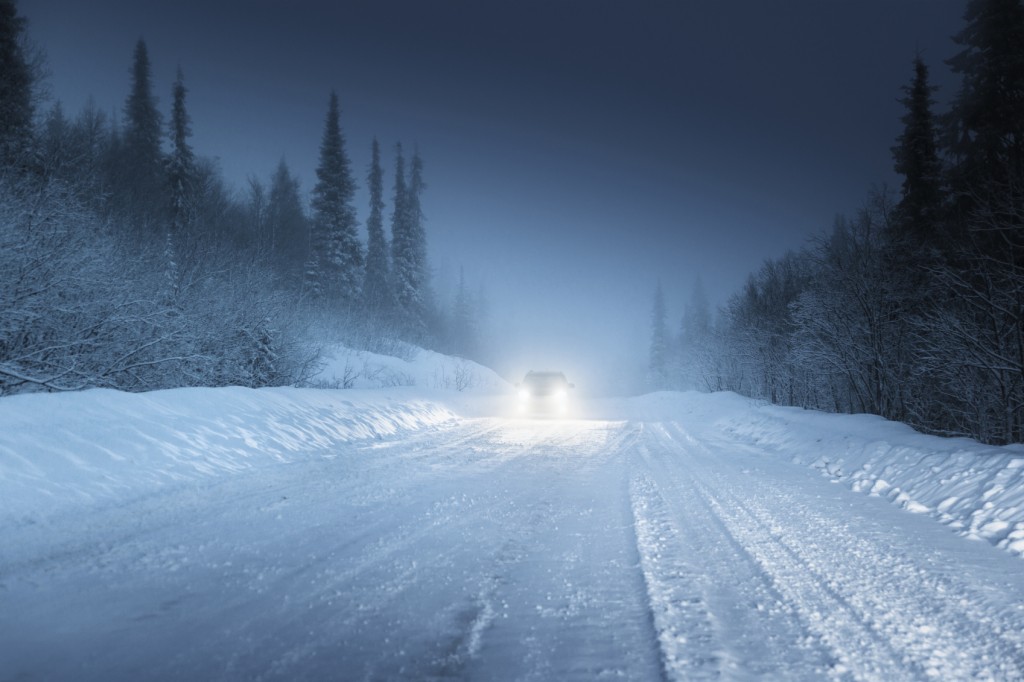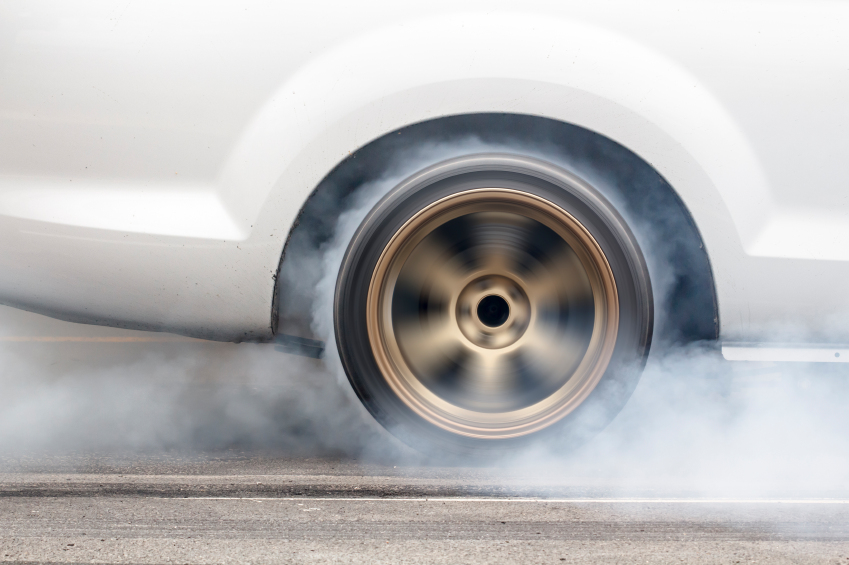Supplying drivers with quality Land Rover Discovery parts, we’re used to seeing the heartbreaking states that our beloved vehicles can get into. During the winter weather, we have a tendency to push our cars to the extreme, whether we mean to or not. With the ice and snow descending, here’s the second part to our winter safe driving tips to help you, and your vehicle, stay safe on the roads!

Do You Want to Drive in the Snow?
As we mentioned in How to Drive in Snow and Ice Safely (Part 1), when you’re planning your driving route this winter, it’s a good idea to give yourself plenty of time. It’s one thing to plan out your journey, however, and another to actually drive it. No amount of planning can prepare you for a road blanketed in snow.
- Take Your Time: When travelling on snow, everything takes twice as long and braking distances should be doubled. You’re basically driving on condensed water after all, take your time and don’t hurry anywhere.
- Just Keep Driving: It takes a lot more power to get your car moving after you stop than it does to keep the wheels rolling. When you’re coming up to traffic lights, slow your speed right down to crawling, try and keep moving as much as possible so that your car doesn’t lose the tracking it has in the snowy road.
- Remember Gravity? Powering up snowy hills will do nothing but have your car slipping and sliding all over the road. The trick is to accelerate on the drive up to a hill instead of on the hill. Once at the crest, reduce your speed and travel down as slowly as possible and, of course, try not to stop on a hill!
It’s Not an Ice Rink!
One of the key mistakes when driving on ice is speed. Going too fast can cause your car to lose traction which can lead to your vehicle skidding all over the road. Not nice. What do you do when you skid though?
- First off, don’t panic. If you’re travelling at speeds above 45 mph you’ll need to act fast in order to correct the skid.
- Don’t brake, don’t accelerate: Slamming on your brakes will more likely lock up your brakes and do nothing to change the trajectory of your skid. Accelerating will speed up your trajectory and make it harder to recover your skid.
- Turn into the spin. When your car starts to fishtail or skid, turn the wheel in the direction of the rear of your car. You need to get the balance just right though, if you turn your the wheel too far you can overcorrect your spin, causing it to skid in the opposite direction.

Most of the time, if you think the weather is too bad to drive in, it’s a good idea to stay home. If, however, you’ve ventured out into the wild winter weather and your vehicle’s suffered as a result, we have quality spare parts to keep you covered. To find out more, contact us on 01458 834930 and our friendly team will be more than happy to help find the spare part for you!


